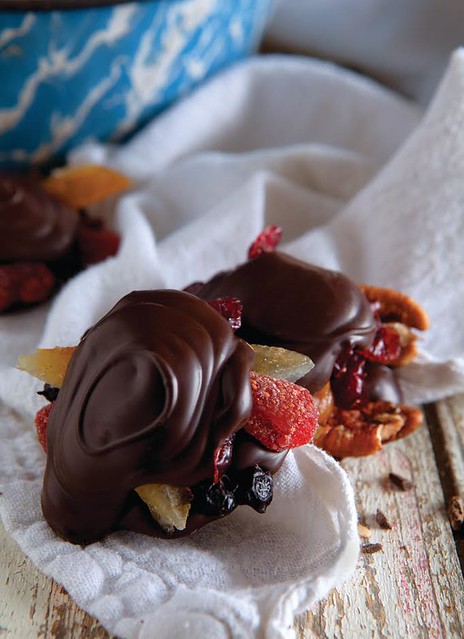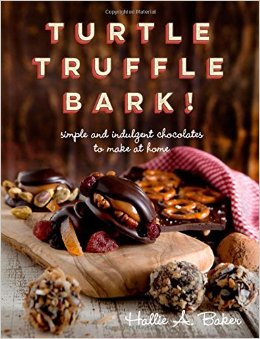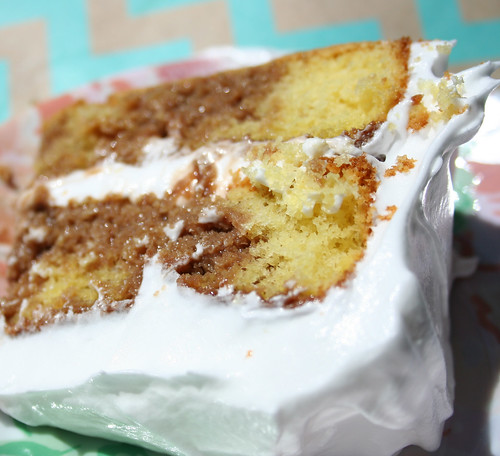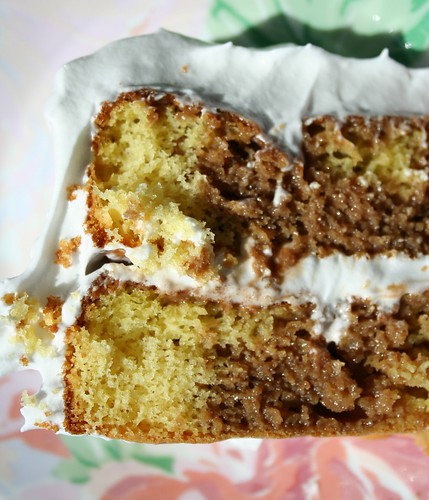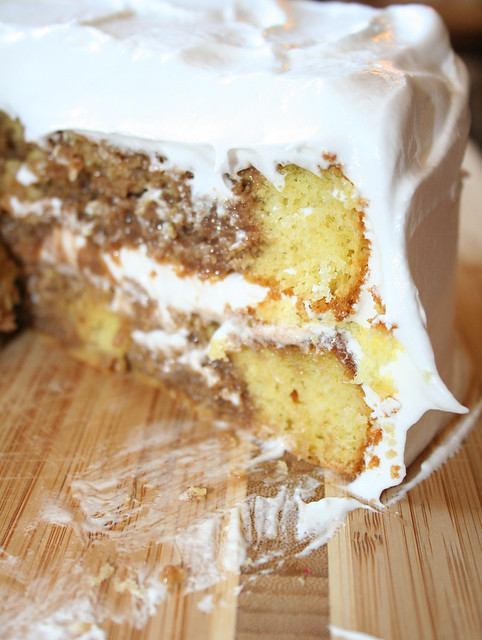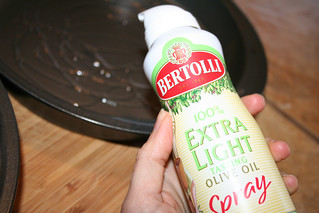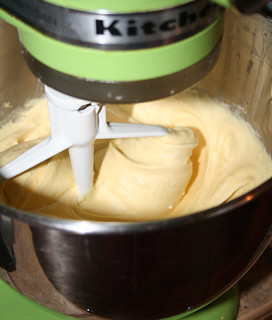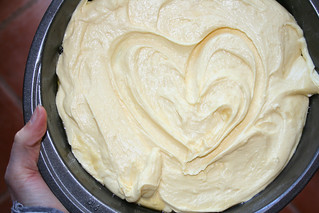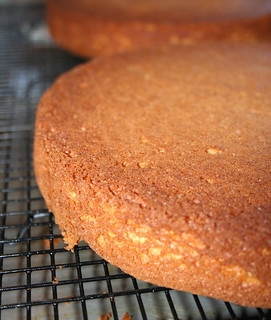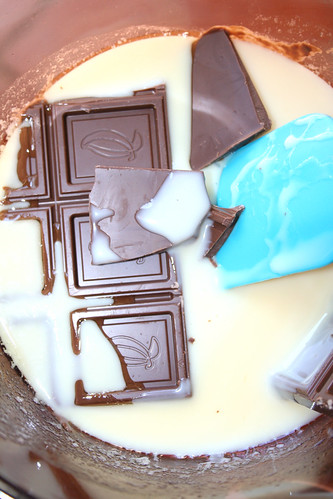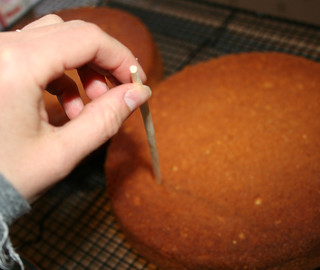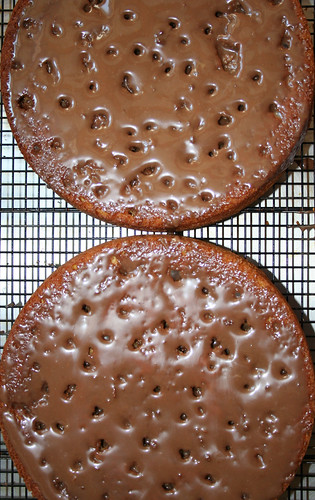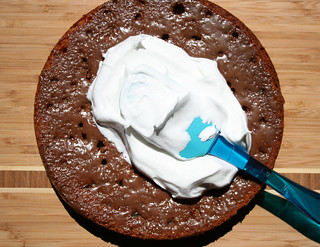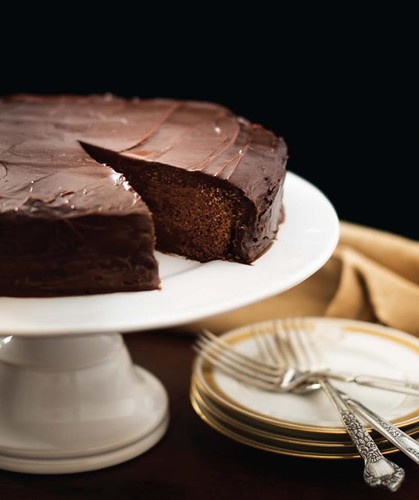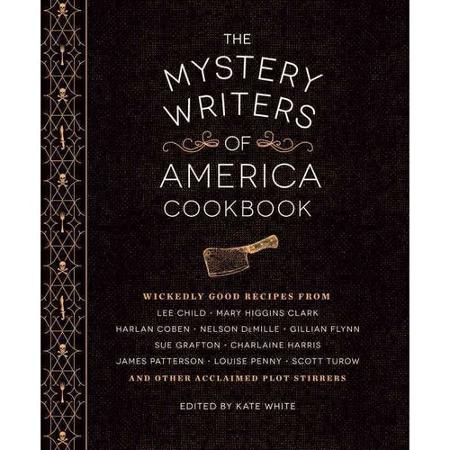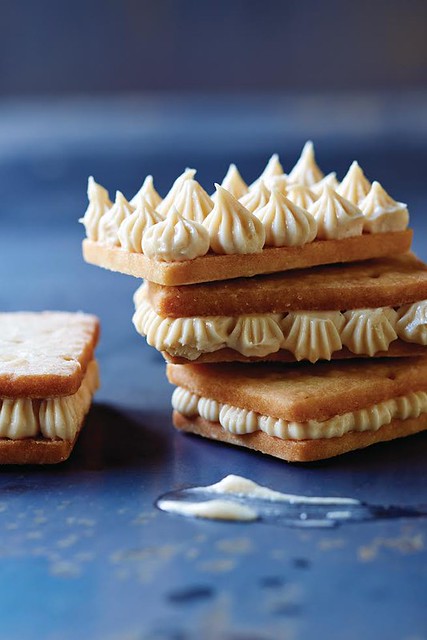
You guys. I was super excited to receive a review copy of Mindy Segal's new book, Cookie Love. Why?
Well, a few reasons.
For one, she's the proprietress of Chicago foodie landmark Hot Chocolate. Even if you've never been there, if you go to their website, the establishment is explained thusly: "Restaurant. Dessert Bar. Pastries." You should already be halfway in love. If you ever go, I promise you'll be the rest of the way in love.
Second, the recipes look AWESOME. You could seriously just buy this book and look at the pictures for the rest of your life, it would be worth the investment just for that.
But your life would be even better still if you made these cookies: Fleur de Sel Shortbread with Vanilla Halvah.
Discover them here with this awesome excerpt recipe.
A note from Mindy:
I AM ALWAYS ON a quest to find more ways to use halvah in desserts. Coffee, chocolate, and cocoa nibs are my usual pairings with the Middle Eastern sesame confection, but one day I shifted gears in favor of vanilla and fleur de sel. It worked—halvah anchored the vanilla-flecked frosting, for a sweet, salty, nutty result. To finish the cookies, I dip them partially in dark milk chocolate and then place a shaving of halvah on top. The frosting is seasoned well to balance its sweetness, but because the cookies themselves carry a noticeable salt level, you may prefer to add less.
Fleur de Sel Shortbread with Vanilla Halvah
makes approximately 28 sandwich cookies
SHORTBREAD
11⁄2 cups plus 2 tablespoons (13 ounces) unsalted butter, at room temperature 11⁄4 cups confectioners’ sugar, sifted
2 extra-large egg yolks, at room temperature
2 teaspoons pure vanilla extract
3 cups unbleached all-purpose flour
2 tablespoons sea salt flakes
FROSTING
8 ounces plain or vanilla halvah, cubed
2 ounces white chocolate, melted
11⁄4 cups (10 ounces) unsalted butter, at room temperature 1 cup confectioners’ sugar, sifted
1⁄2 teaspoon pure vanilla extract
1⁄2 teaspoon kosher salt
1⁄2 teaspoon sea salt flakes, or to taste
TO FINISH
Piece of plain or vanilla halvah, for garnish 8 ounces milk chocolate, melted
Step #1: Make the Shortbread
In the bowl of a stand mixer fitted with the paddle attachment, mix the butter on medium speed for 5 to 10 seconds. Add the sugar and mix on low speed to incorporate. Increase the speed to medium and cream the butter mixture until it is aerated and looks like frosting, 3 to 4 minutes. Scrape the sides and bottom of the bowl with a rubber spatula to bring the batter together.
Put the yolks in a small cup or bowl and add the vanilla. In a bowl, whisk together the flour and salt.
On medium speed, add the yolks, one at a time, and mix until the batter resembles cottage cheese, approximately 5 seconds for each yolk. Scrape the sides and bottom of the bowl with a rubber spatula to bring the batter together. Mix on medium speed for 20 to 30 seconds to make nearly homogeneous.
To cut out the cookies, you will need a rectangular cutter approximately 13⁄4 by 21⁄2 inches. To pipe the frosting, you will need the Ateco tip #32.
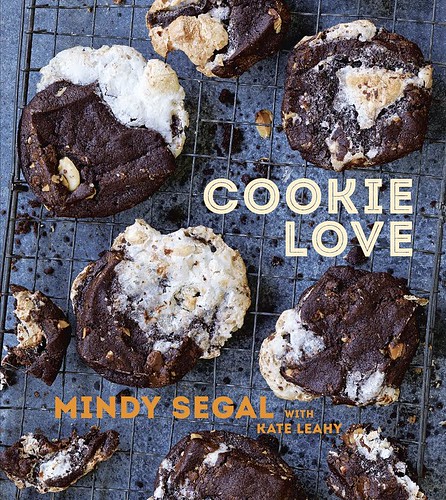

Add the flour mixture all at once and mix on low speed until the dough just comes together but still looks shaggy, approxi- mately 30 seconds. Do not overmix. Remove the bowl from the stand mixer. With a plastic bench scraper, bring the dough completely together by hand.
Stretch two sheets of plastic wrap on a work surface. Divide the dough in half and place each half on a piece of the plastic wrap. Pat each half into a rectangle, wrap tightly, and refrigerate until chilled throughout, at least 2 hours or preferably overnight.
Let the dough halves sit at room tempera- ture until the dough has warmed up some but is still cool to the touch, 15 to 20 minutes.
Put a sheet of parchment paper the same dimensions as a half sheet (13 by 18-inch) pan on the work surface and dust lightly with flour. Put one dough half on top.
Using a rolling pin, roll the dough half into a rectangle approximately 11 by 13 inches and 1⁄4 inch thick or slightly under. If the edges become uneven, push a bench scraper against the dough to straighten out the sides. To keep the dough from sticking to the parchment paper, dust the top with flour, cover with another piece of parchment paper, and, sandwiching the dough between both sheets of parch- ment paper, flip the dough and paper over. Peel off the top layer of parchment paper and continue to roll. Any time the dough starts to stick, repeat the sand- wiching and flipping step with the parchment paper.
Ease the dough and parchment paper onto a half sheet pan. Repeat with the remaining dough half and stack it on top. Cover with a piece of parchment paper and refrigerate the layers until firm, at least 30 minutes.
Heat the oven to 350°F. Line a couple of half sheet pans with parchment paper.
Let the dough sit at room temperature for up to 10 minutes. Invert the dough onto a work surface and peel off the top sheet of parchment paper. Roll a dough docker over the dough or pierce it numerous times with a fork. Using a 1 3⁄4 by 2 1⁄2-inch rectangular cutter, punch out the cookies. Reroll the dough trimmings, chill, and cut out more cookies.
Put the shortbread on the prepared sheet pans, evenly spacing up to 16 cookies per pan.
Bake one pan at a time for 10 minutes. Rotate the pan and bake until the cookies feel firm and hold their shape when touched, 3 to 5 minutes more. Let the cookies cool completely on the sheet pans. Repeat with the remaining pan.
Step #2: Frost the Cookies
Blend the halvah in a food processor until fairly smooth. Drizzle in the white chocolate and blend until incorporated. The halvah will turn into a thick paste.
In the bowl of a stand mixer fitted with the paddle attachment, mix the butter briefly on medium speed for
5 to 10 seconds. Add the sugar and beat until the butter mixture is aerated and pale in color, 3 to 4 minutes. Scrape the sides and bottom of the bowl with a rubber spatula to bring the frosting together. Briefly mix in the vanilla and salts until incorporated, approximately 1 minute. Add the halvah paste and mix until smooth, with a little texture left from the halvah.
Fit a pastry bag with the Ateco tip #32 and fill with the frosting.
Make pairs of similar-size cookies. Turn half of the cookies over. Leaving an 1⁄8-inch border, pipe rows of dots onto the cookies. The frosting should be approximately as thick as the cookie. Top each frosted cookie with a second cookie and press lightly to adhere.
Step #3: Finish the Cookies
Freeze the piece of halvah until chilled, 30 minutes.
Line two half sheet pans with parchment paper. Dip a quarter of the long side of each sandwich cookie into the milk chocolate, shake off the excess, and place on the prepared pans. Using a vegetable peeler, shave
a piece or two of halvah and place onto the chocolate- dipped part of each cookie. Refrigerate until the chocolate is firm, approximately 1 hour.
The cookies can be refrigerated in an airtight container for up to 1 week.
Enjoy!













































































